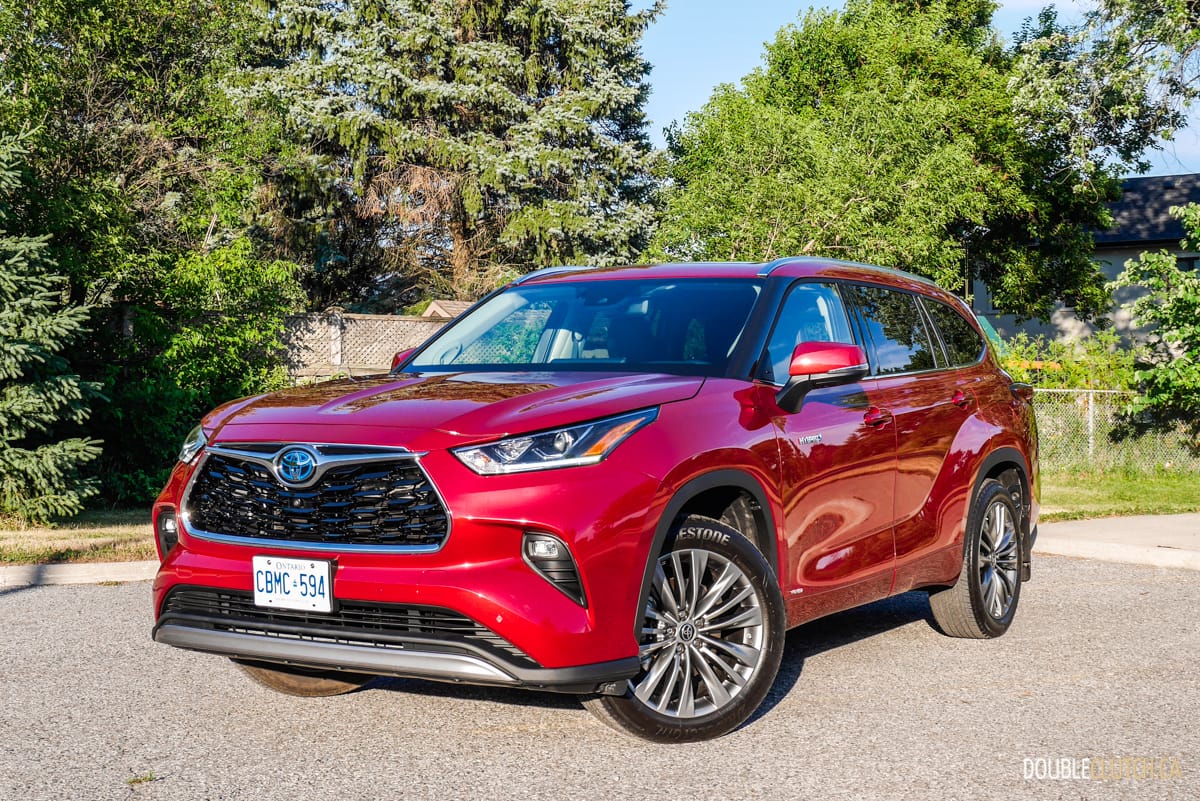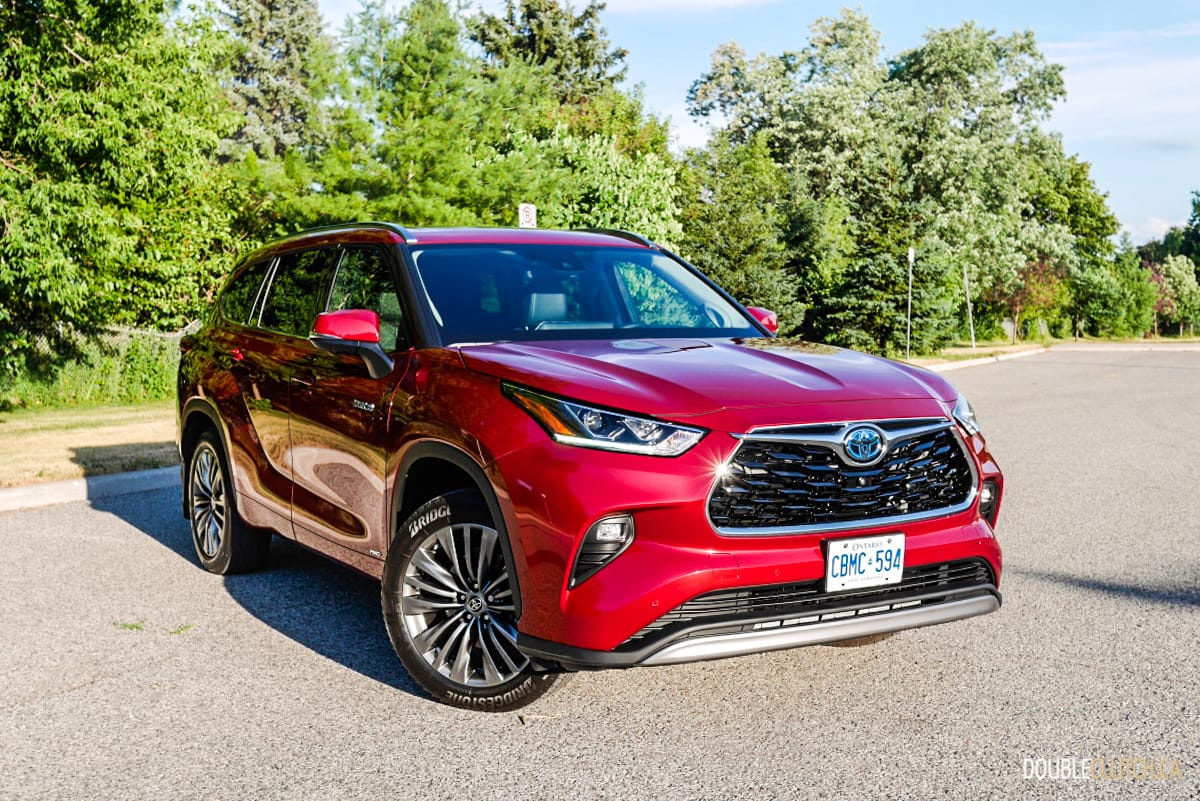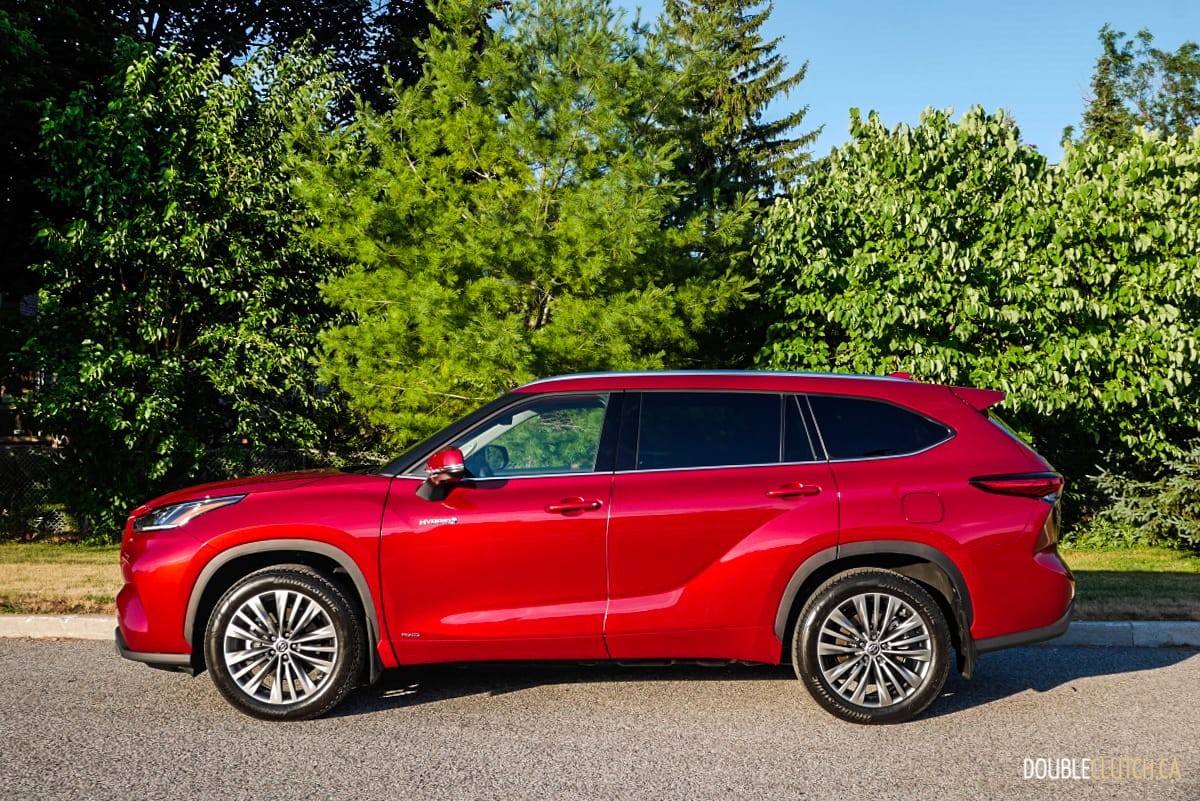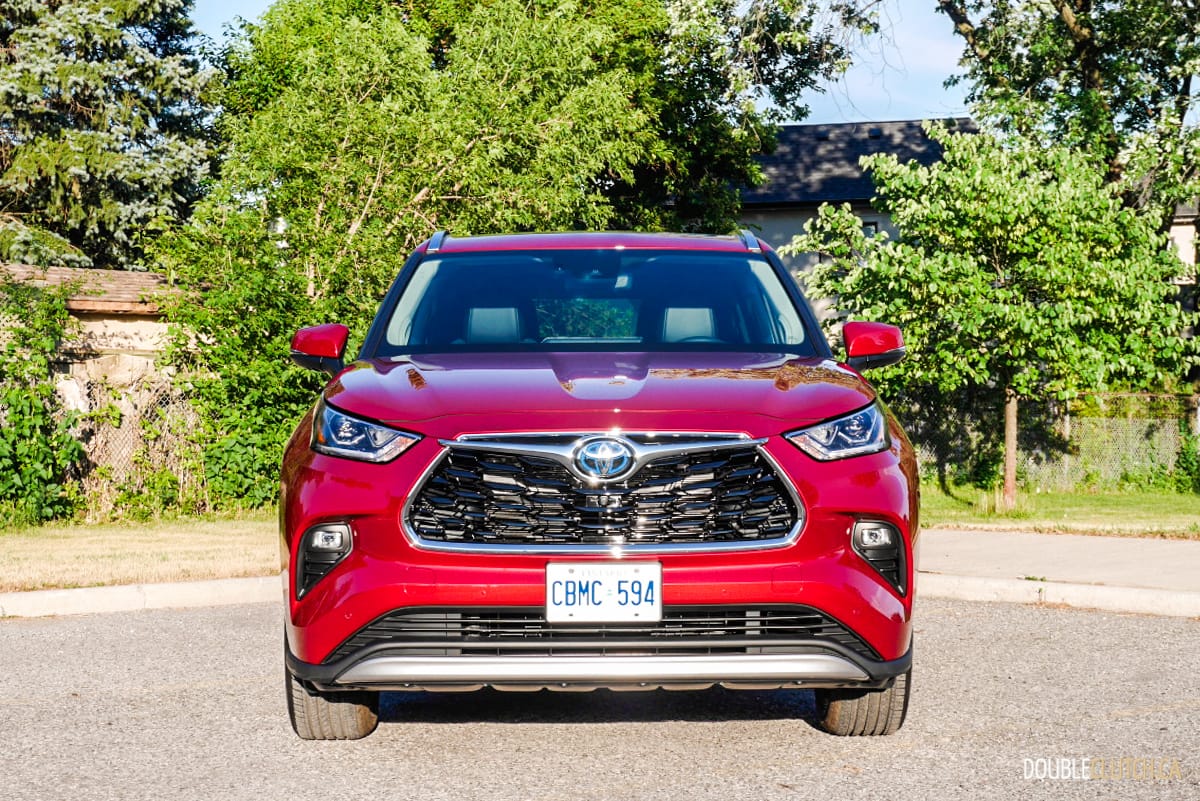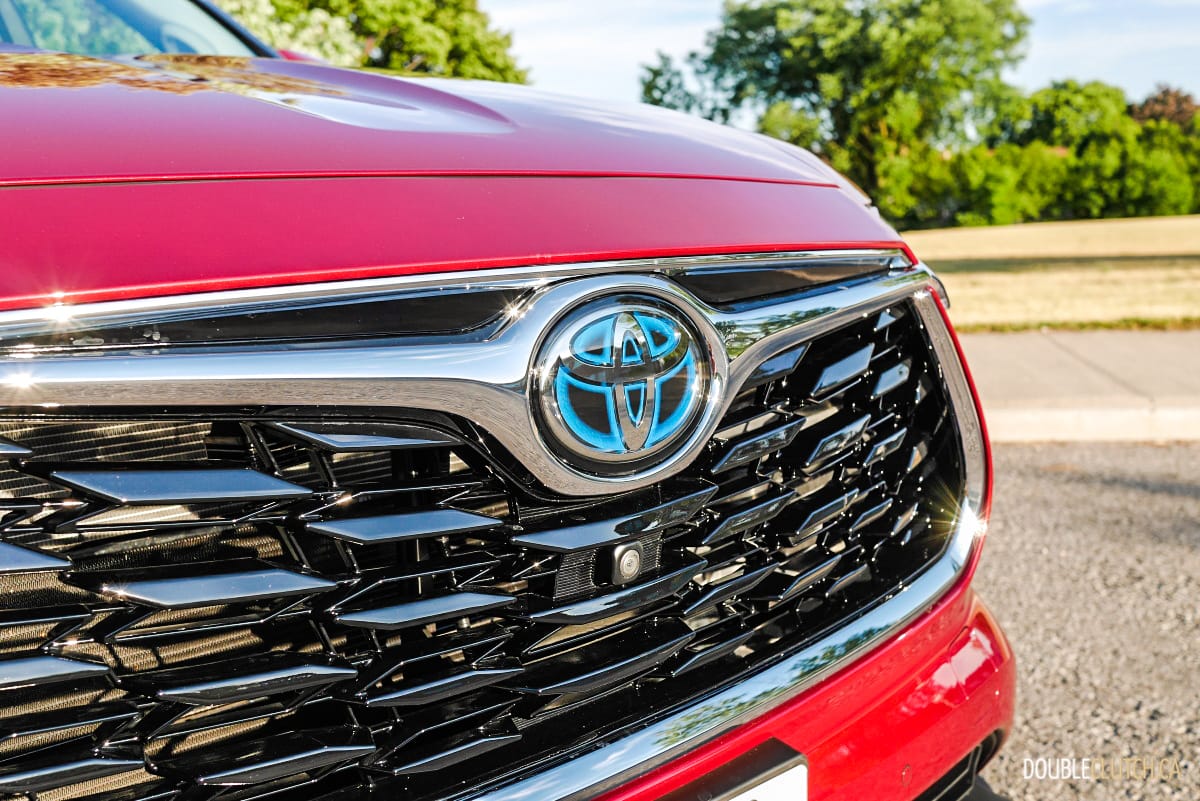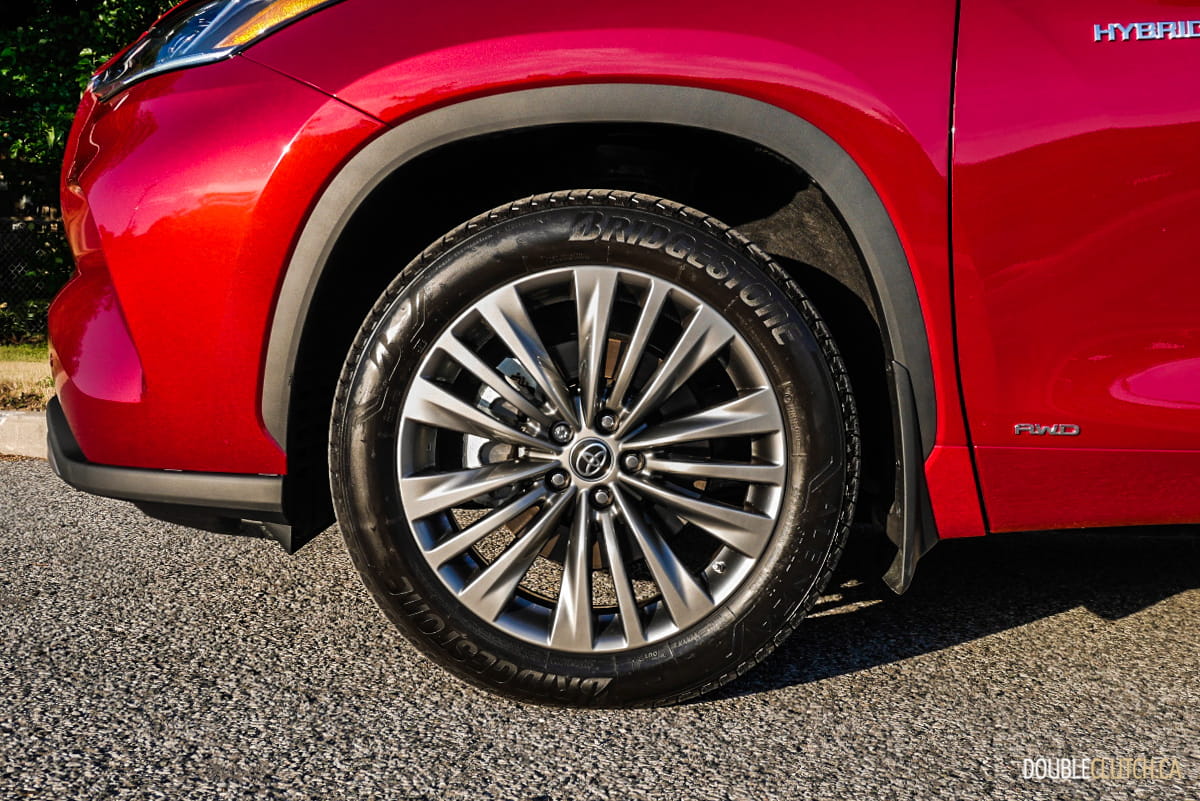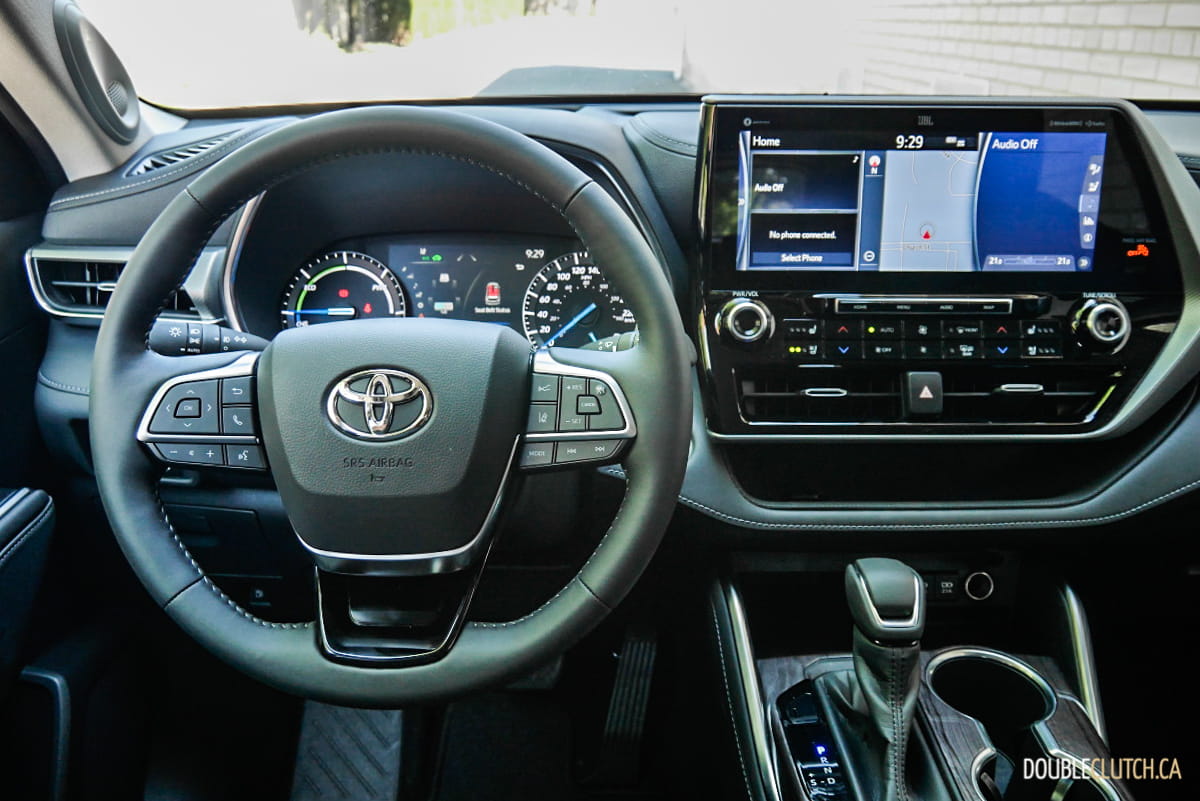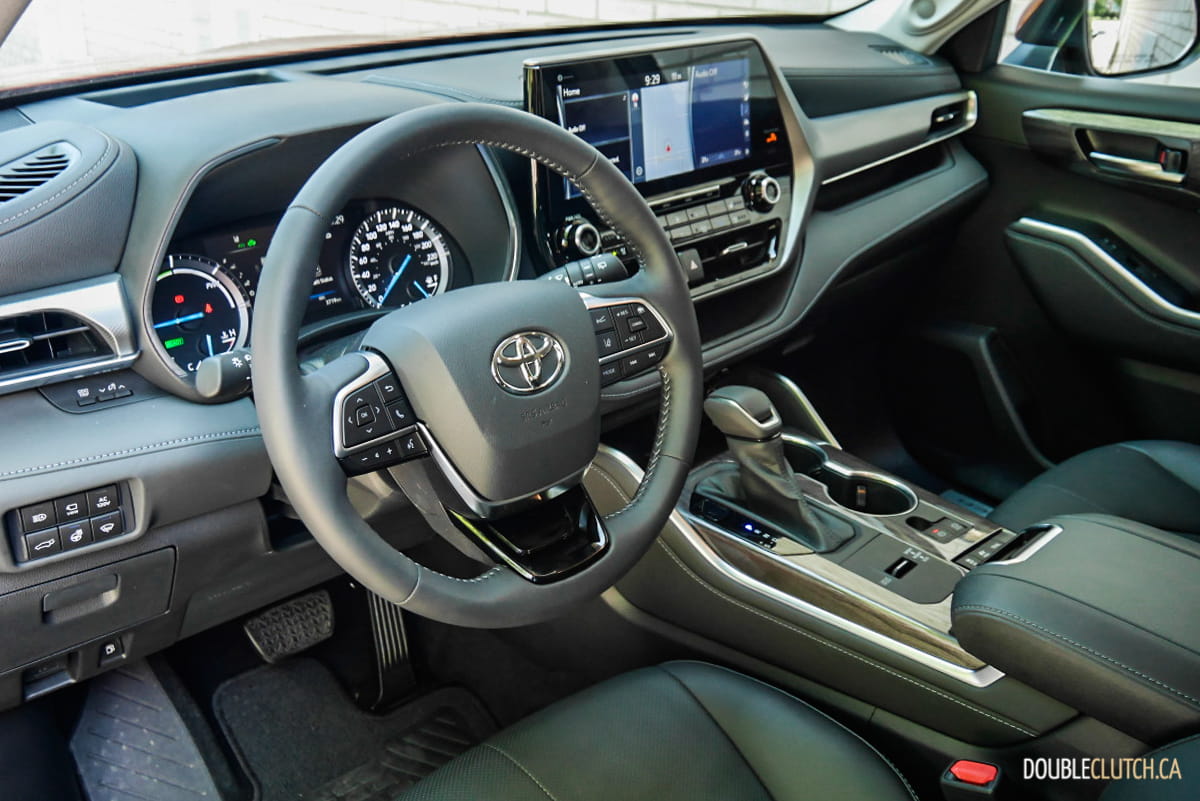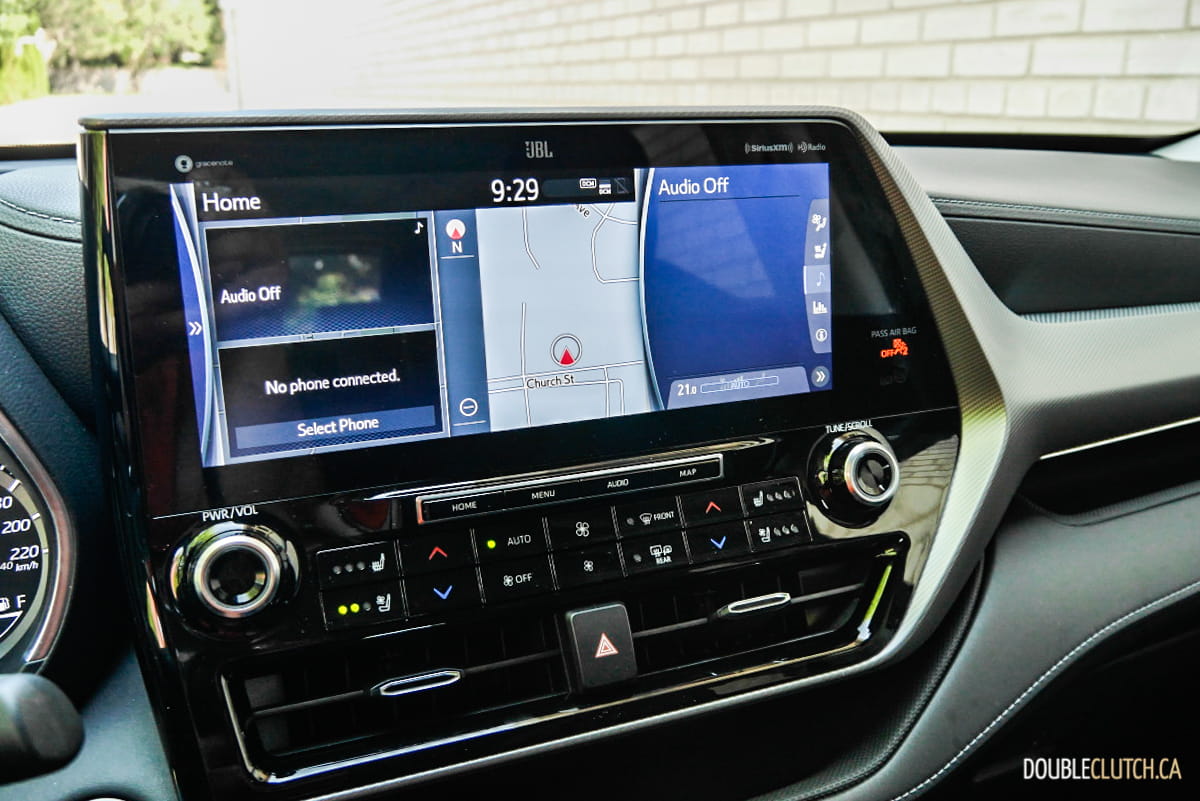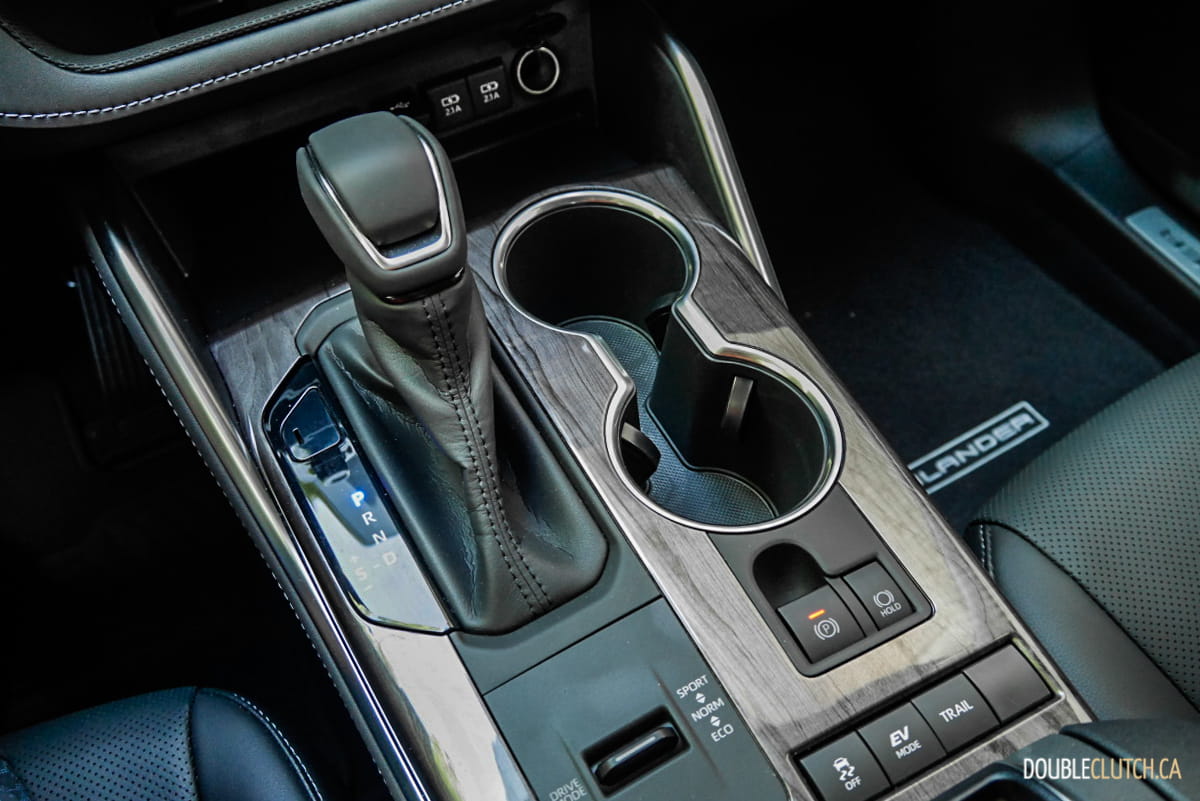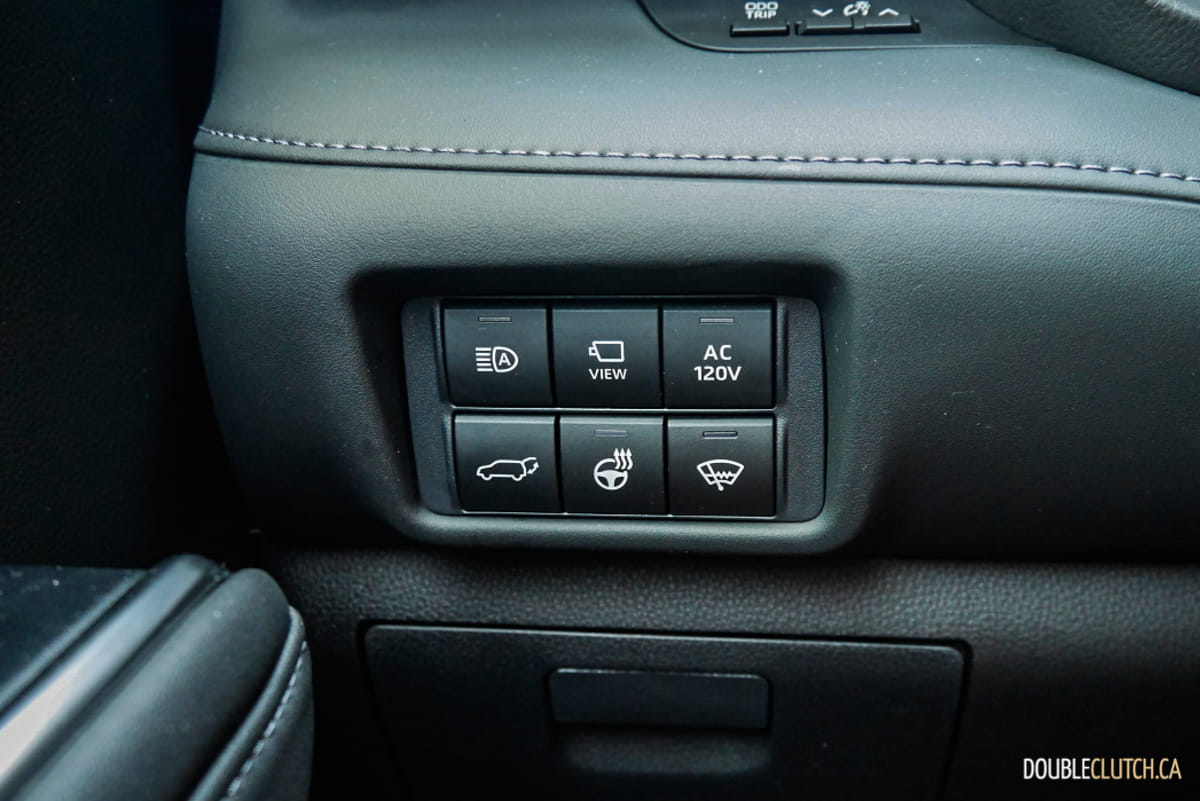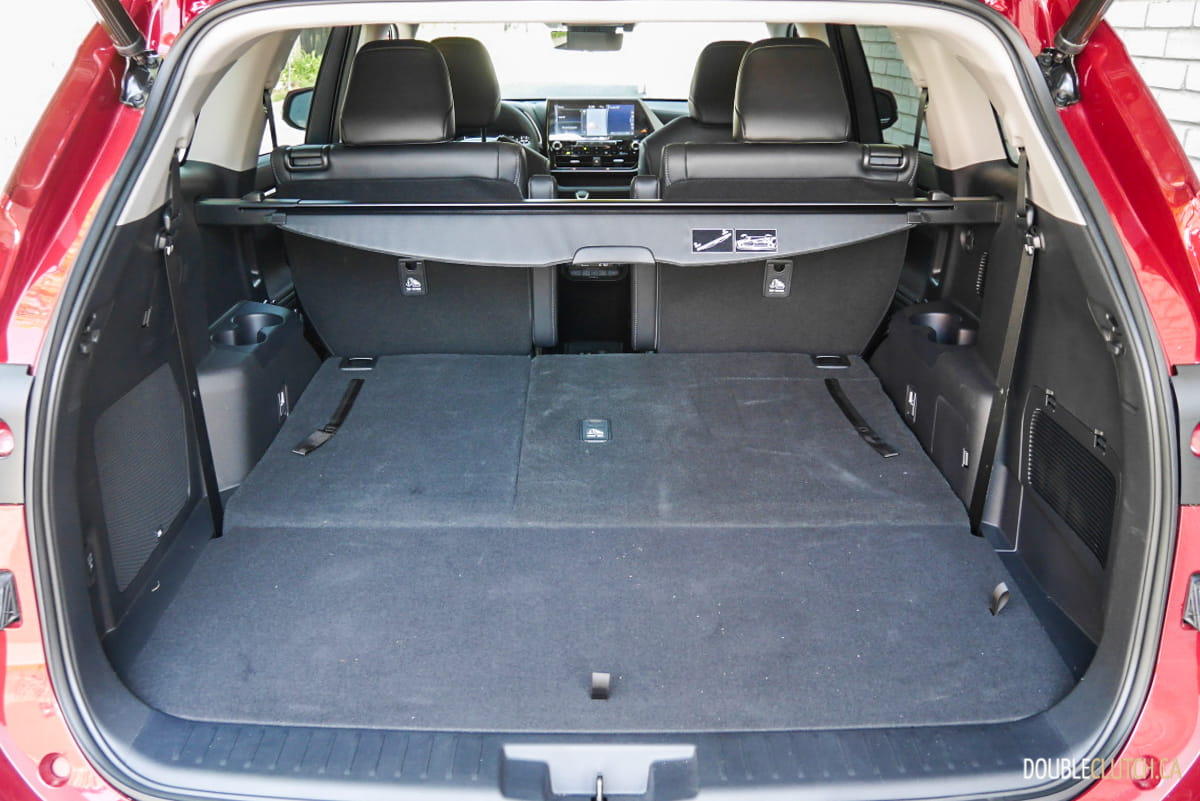To say that 2019 was a successful year for Toyota is an understatement. The Japanese company saw its own brand become the best seller of cars in Canada, their all-new RAV4 crossover taking the title of Canada’s best-selling passenger vehicle, and electrified vehicle sales up 45.1% year-over-year from 2018. Not wanting to be content, Toyota went right back to the drawing board redesigning what is arguably their most important model, the Highlander, and early indication with the 3.5-litre V6 (reviewed here) suggests that Toyota has another winning card on its hand as it continues its market share pursuit. This week, we have the 2020 Toyota Highlander Hybrid Platinum on hand to evaluate whether the highly desired hybrid powertrain is a good match for the three-row crossover.
Wearing a Ruby Flare Pearl paint job, the Highlander arrives looking fresh. The updated sheetmetal takes on an evolutionary approach from the previous generation, but looks more chiseled and the muscular body panels hide its bulge well. Our tester adds a Platinum package on the top of the line Limited trim, and is distinguished by a unique set of 20-inch wheels and silver accents on the front and rear bumpers. Overall the 2020 Highlander is an attractive vehicle, though our styling nod in the segment goes to the Kia Telluride (reviewed here) for its bold design and unmatched road presence.
At the heart of our Highlander Hybrid is a 2.5-litre four-cylinder engine that has been electrified to produce 243-horsepower. One of the benefits to attaching a high-torque electric motor to the engine is that the Highlander can accelerate faster than its power-to-weight ratio suggests. It will not throw you to the back of your seats, but it has no problem keeping up with traffic in city. At higher speeds though, the four-cylinder powerplant does find itself struggling to keep up, and we would recommend the V6 for its smooth highway power for those who tend to drive long distance a lot.
Having spent time with the new Camry (reviewed here), Avalon, and the RAV4, we are familiar with the Toyota New Global Architecture (TNGA) that underpins the current fourth-generation Highlander. It is quite stiff, which in-turn enhanced the vehicle’s rigidity and its overall handling around corners. Throw it into a corner, and the Highlander Hybrid responds well with minimal fuss, far better than most of the competition. There is not much steering feel, but it is accurate and the Highlander is amongst the better handling three-row crossovers in market today.
Of course, there is a trade-off to having a stiff chassis, and it is found in the Highlander’s ride quality. The Highlander is not uncomfortable; but passengers can feel the firm chassis over bumps, and Toyota tries to counter with a softer suspension set up to soak up any vibration before it enters the cabin. It results in a mixed-quality ride and prospective buyers are recommended to pay attention to that during their test drive.
Toyota boasts that the Highlander Hybrid has a best-in-class fuel efficiency of 6.6L/100km in the city, 6.8L/100km on the highway, and a combined rating of 6.7L/100km. Our observed efficiency rating came in slightly higher than rated, at 7.1L/100km for the week, over a mixed commute setting. Regular 87-octane fuel is accepted, and the Highlander Hybrid has a fuel tank capacity of 65 litres, giving drivers up to 970 kilometres of theoretical drive range.
The 2020 Toyota Highlander Hybrid’s interior design follows Toyota’s latest design language, with all the amenities centered around the 12.3-inch touchscreen on the dashboard. Craftmanship is top notch, and aside from the large piano black plastic piece around the infotainment screen, the rest of the cabin materials look and feel a class above its competition. There is little noise transmitted into the cabin thanks to the double-paned front windows, and we enjoyed the amount of storage shelves around especially the dedicated phone holder below the infotainment system. Our Platinum package comes with heated second row captain’s seats that offered an enhanced experience as well as an easier way to get in and out of the third row, though we would have liked to see seat ventilation for the second row to match what the Kia Telluride or Hyundai Palisade (reviewed here) offer. As with many of its peers that shares a similar size, third row seating is best reserved for small children or short trips only.
The touchscreen unit houses Toyota’s easy to use infotainment system. Display resolution is vivid, and the split-screen feature is good especially for Apple CarPlay and Android Auto users. The Limited and our as-tested Platinum trims get a standard wireless charging system, kick-type power liftgate, and an upgraded 11-speaker JBL surround sound system that offers good sound quality.
All Toyota Highlander models are equipped with standard Toyota Safety Sense 2.0, which comes with lane departure alert, adaptive radar cruise control, automatic high beam, pre-collision system with pedestrian and bicycle detection, and lane tracing assist systems. The Limited and Platinum trims get an additional Intelligent Clearance Sonar with Rear Cross Traffic braking system that would effectively warn its drivers about oncoming objects all around the vehicle.
Pricing is the strength of the Highlander Hybrid as it only carries a $2,000 premium over gasoline-powered models, a much lower bar of entry than in years past. The base Hybrid LE model starts at $45,490, and our top trim Platinum carries a starting MSRP of $55,990. With the only option being a $255 paintjob, our Highlander’s as-tested price comes in at $56,245. It joins the aforementioned Korean crossovers, as well as against the Honda Pilot Touring (reviewed here), as our favourites in this hotly-contested three-row segment. The Highlander’s interior space is on the smaller end of this group, albeit not by much, but as the only model here offered with an efficient hybrid powertrain, the 2020 Toyota Highlander Hybrid Platinum is an easy choice for families who plan to take their vehicle on road trips.






